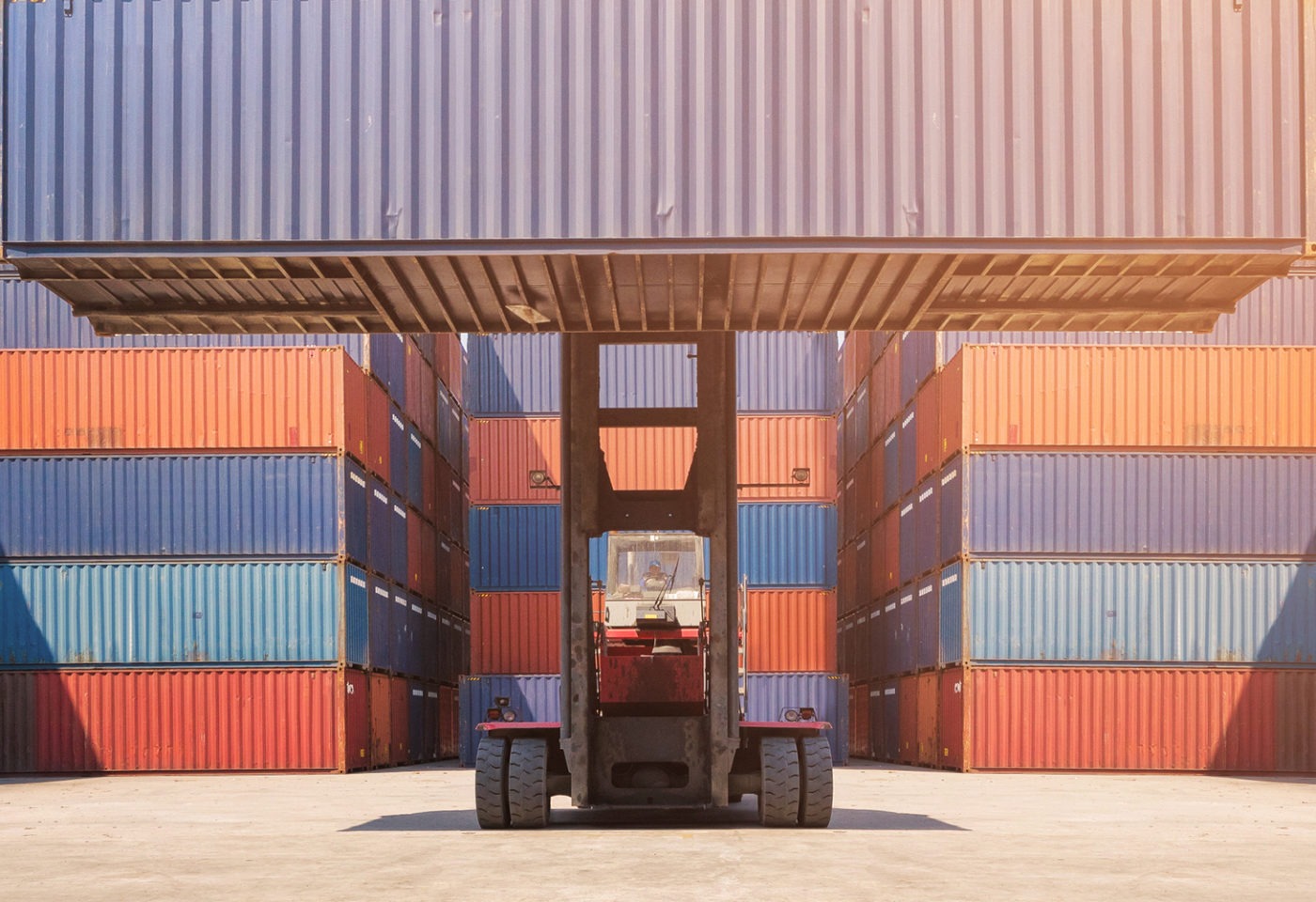With the Trans-Pacific Partnership (TPP) agreement facing an uncertain future, there are signs the Government of Canada is starting to put together a Plan B for Canadian interests in Asia.
The recent announcement by the federal government of a trade agreement feasibility study and the launch of an annual trade policy dialogue with ASEAN (the Association of Southeast Nations) are especially significant for western Canada, which has a more naturally western trade orientation.
The TPP deal is in jeopardy because both candidates in the upcoming U.S. presidential election have voiced opposition to the trade deal. Without Washington’s approval, the massive Pacific Rim trade deal will not come into effect.
Should the deal fail, countries that have signed on to the agreement will be left scrambling to pick up the pieces. Those with strong trade ties around the Pacific (such as Chile with nine pan-Pacific agreements or Australia with a dozen) will fare best. Canada, which has just one trade agreement across the Pacific, will be in trouble.
While the government is to be applauded for moving quickly on alternatives, there are two caveats.
First, an agreement with 10-member ASEAN bloc (Singapore, Brunei dar Salam, Malaysia, Thailand, Indonesia, Philippines, Vietnam, Laos, Cambodia and Myanmar) will not be easy or quick. Multi-member negotiations are inevitably difficult; that ASEAN does not have anywhere near the institutional and professional capacity of other multi-party blocs such as the European Union means that these negotiations will be even more difficult.
Political leadership on trade is also uneven across the ASEAN member states. There are huge gaps, for example, between open and dynamic Singapore and a recently more reactionary and closed Indonesia. Meanwhile, the Philippines’ controversial new president once described as “a Donald Trump on steroids” could not only make negotiations more difficult but also make it more difficult to sell an agreement to the Canadian public. And then there are Myanmar and lesser known Brunei and their poor records on human rights.
The government also needs to be careful not to oversell the benefits of the agreement. To be clear, gaining better entrée for Canadian companies in booming markets with strong demand for things Canada sells, like Vietnam, is important. But Vietnam’s economy is smaller than the state of Kentucky’s, Malaysia is about the size of Wisconsin and the giant of the group, Indonesia, is less than two-thirds the size of Mexico.
There are strong trade and geo-political cases to be made for an agreement with ASEAN. For example, beef consumption in Vietnam is surging and Australia has seen its beef exports to that country rise by half in 2013.
Given all of these factors, a different, less glamourous, though certainly still uncertain strategy for the government could be to start with bilateral negotiations with key ASEAN members. Canada was down the negotiating path on a trade agreement with Singapore before it joined the TPP negotiations. A “quick win” in Singapore would also serve as compelling evidence of Canadian seriousness and ability to deliver on negotiations in Asia. Canada also started exploratory trade agreement discussions with Thailand in 2012. Adding Vietnam to this mix would give Canada a handful of very good markets for a variety of sectors.
There are many hurdles to this approach as well, including winding up with different rules and tariffs for a series of smaller markets. For those reasons, it is worthwhile asking whether the government’s Plan B for TPP could itself use a Plan B.
– Carlo Dade is Director of the Centre for Trade & Investment Policy.
